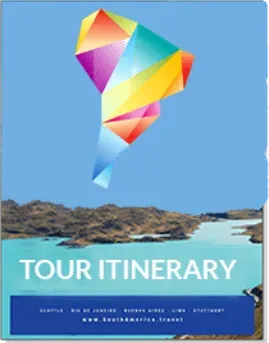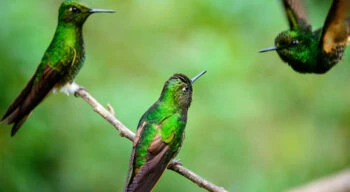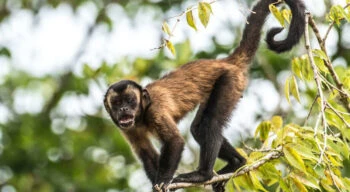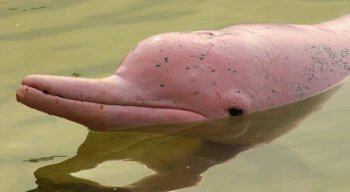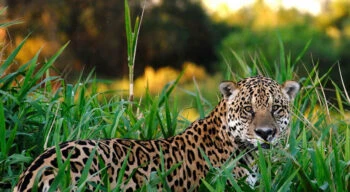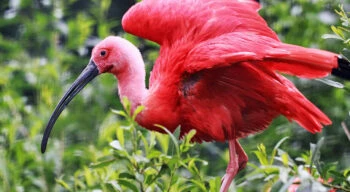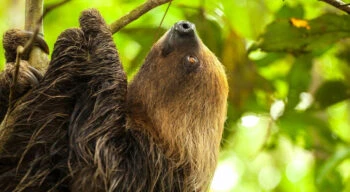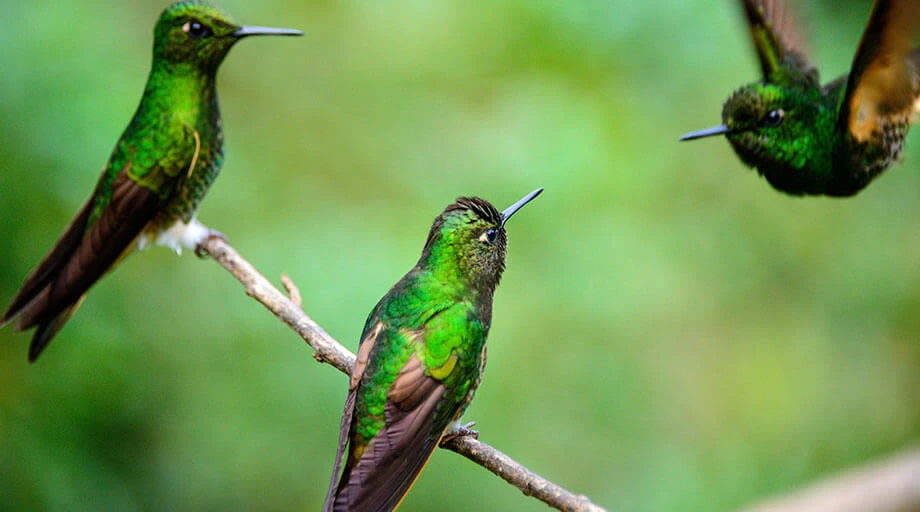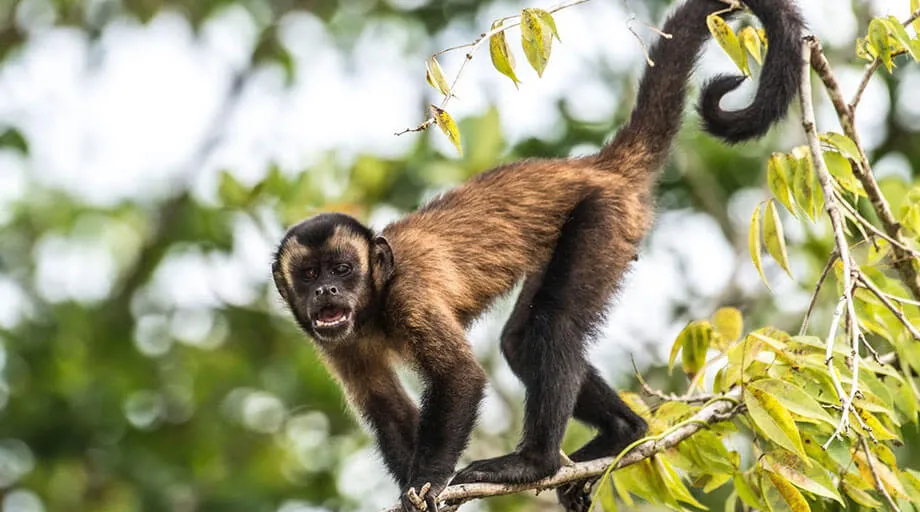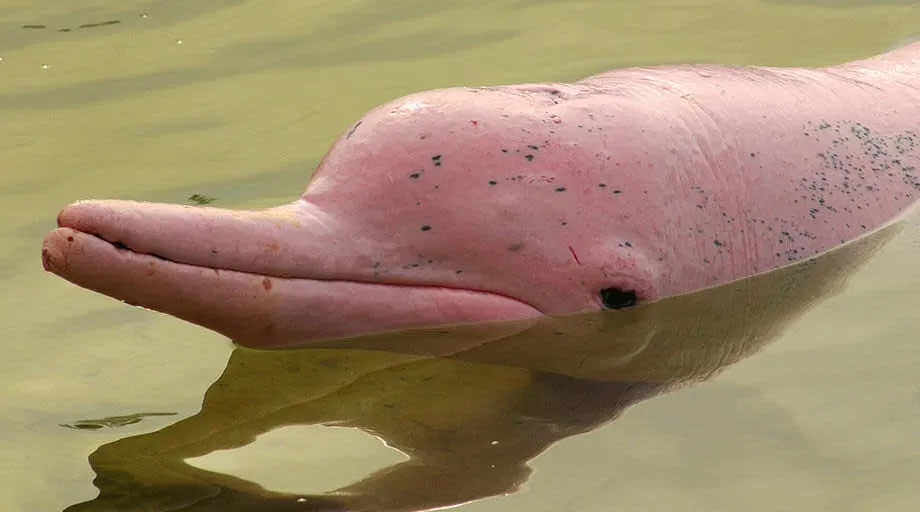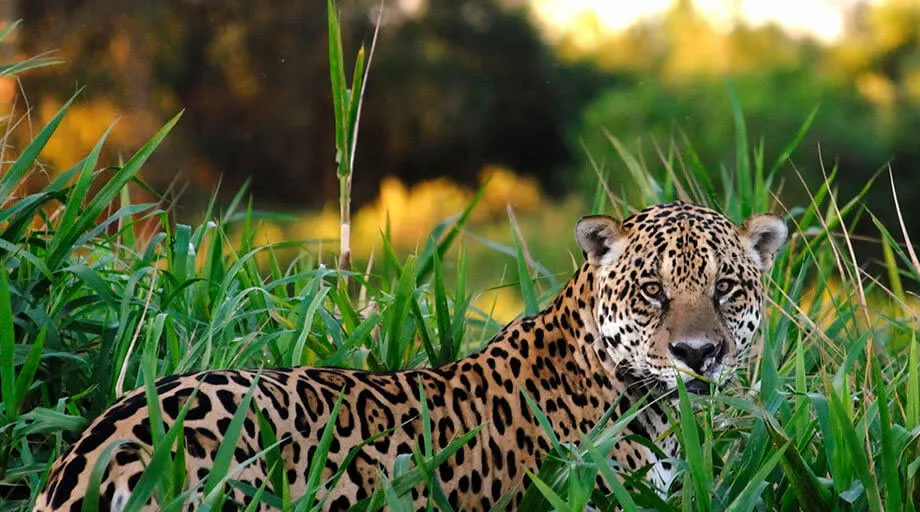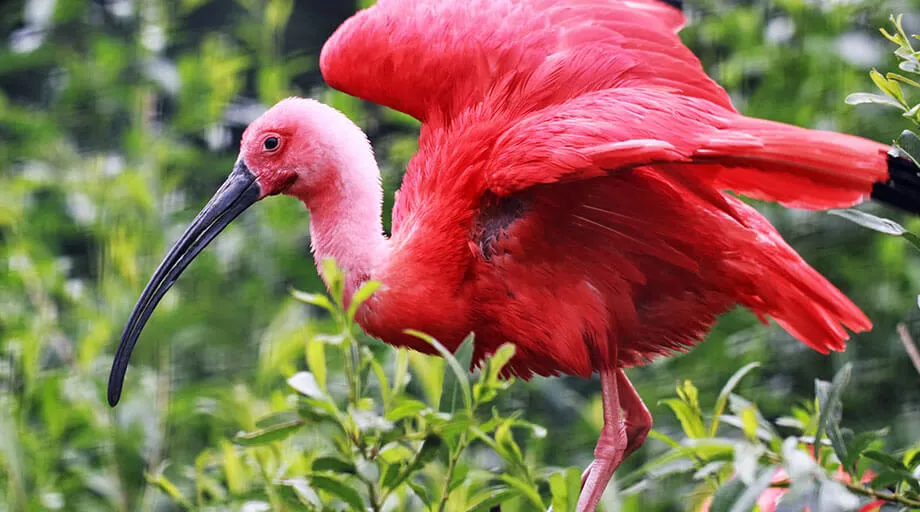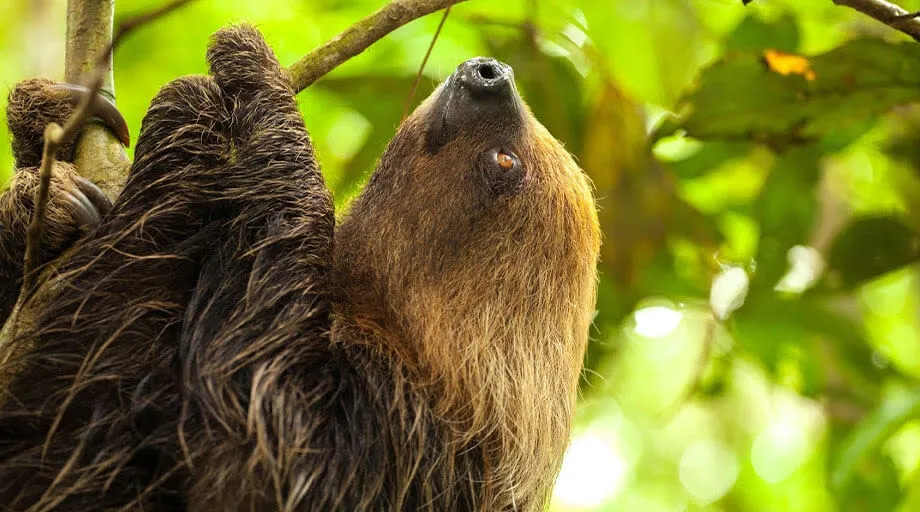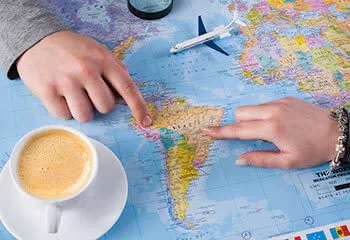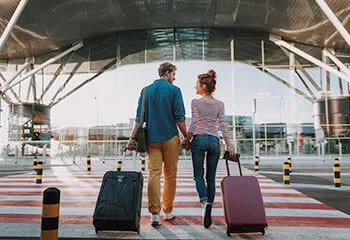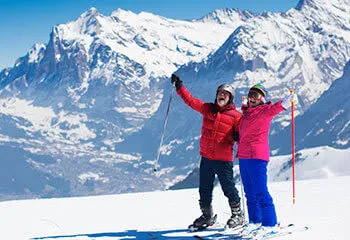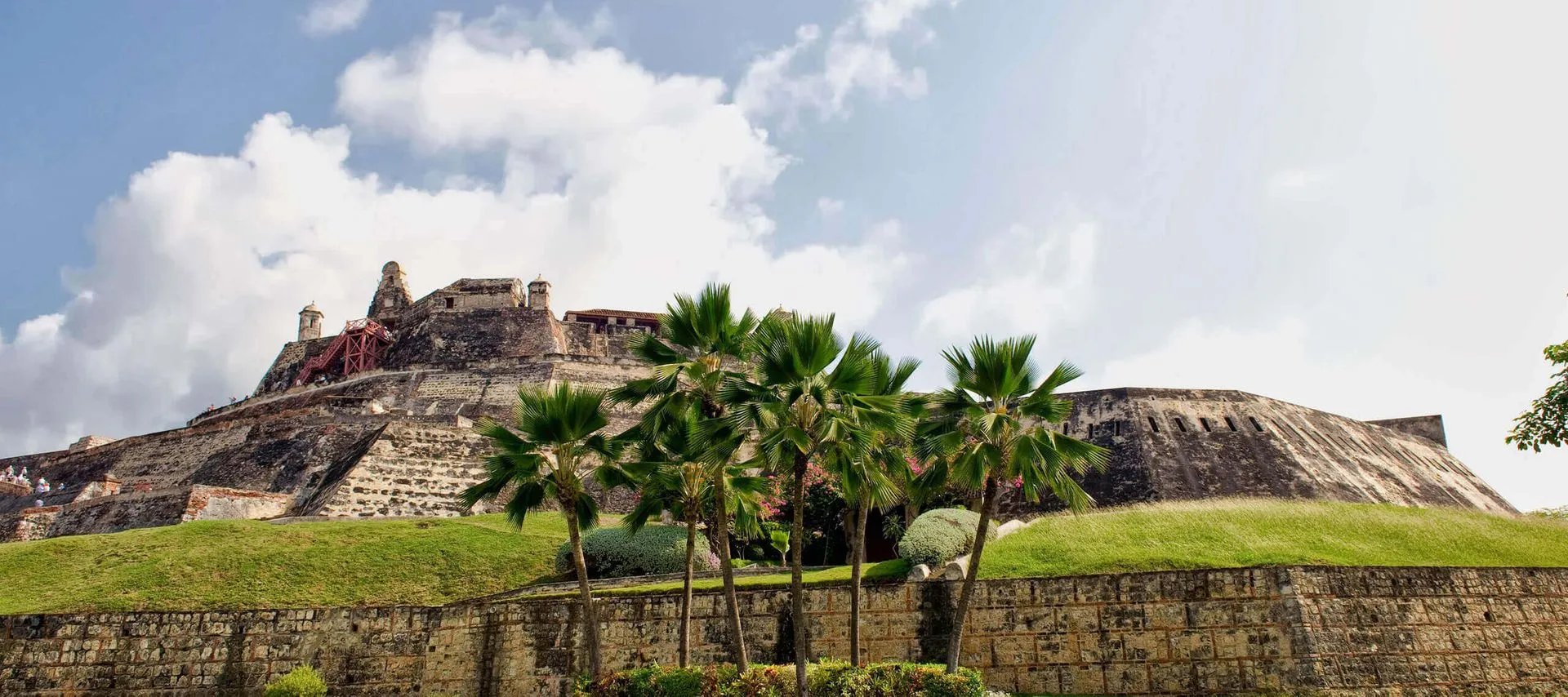
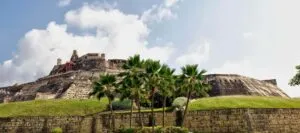
Colombia Overview
There are so many diverse things to do in Colombia, making it a fantastic destination for all types of travelers. This multi-ethnic country is a land of various cultures, wild landscapes, and thriving ecosystems that offer many experiences.

Byron Patten
Brief History of Colombia
Various archaeological findings and traces of human civilization prove that people were inhabiting modern-day Colombia since 12,000 BCE. In the beginning, mostly hunting and gathering tribes occupied the country. It wasn’t until later in history that these tribes transformed into established, agricultural communities.
Europeans discovered the Colombian territory in 1499, arriving first in the La Guajira region. The first city founded by Spanish conquistadors in 1510 was Santa Maria la Antigua del Darien. The following years of exploration and conquest led to Bogota’s beginnings, Colombia’s current capital. It was established as the provisional capital of a new Christened Spanish region named the New Kingdom of Granada. First, it was called Santa Fe and later Santa Fe de Bogota, after the area of Bacata where Muisca people were living during the conquest days.
The most famous legends from New Granada times were centered around El Dorado, the city of gold. The legend states that the whole era of European expeditions found gold on Colombian territories in the 16th and 17th centuries. The name El Dorado was first used by Spanish conquerors when referring to El Rey Dorado (Golden King), who was the Muisca people’s leader. As legends state, the “Gold Man” was supposed to cover himself with gold dust during the local celebrations. This made a significant impression on the Spanish people, upon which they decided to explore more of the surrounding areas in search of the precious mineral.
Recent history and events
Leading to independence
Colombian territory was for many years under Spanish colonization and governance. At this time, both local indigenous populations and Spanish migrants inhabited the various regions. Europeans purchased new land in South America, bringing with them slaves from Africa. Over the next few generations, while mixing with the indigenous people, tensions between the migrants and their national home-land grew. Finally, a fight for independence ensued, and in 1810 New Granada territory was able to form the independent Republic of Colombia with the first president, Simon Bolivar.
At the beginning of the newly gained Independence, Colombia included today’s territories of Colombia, Panama, Venezuela, Ecuador, and some parts of Peru and Brazil. It would later be dissolved into separate states in 1831. These formed the independent countries we now know today. Panama was the last country to separate from Colombia, many years later.
Colombia in the 20th century
In Colombia, the 20th century was marked by a significant period of political conflict known as the Violence Period, starting between 1940-50. In the following years, the opposing liberal and conservative parties attempted to govern the country with mutual agreement. They were working on Colombia’s progress. However, the country was still experiencing many social issues, and the world-famous FARC and ELN guerilla groups rose in the fight against the injustice of government towards the poor. Since the 1960s, Colombia was dealing with an armed conflict between guerillas and governments that led to human rights violations and innumerable victims.
Colombia in the 21st century
The most current and notable event for Colombia is the peace deal signed between Colombia’s government and the FARC guerilla that took place in 2016. This deal initiated the end of the protracted domestic conflict. Colombia’s former president, Juan Manuel Santos, participated in the agreement and was awarded the Nobel Peace Prize that same year.
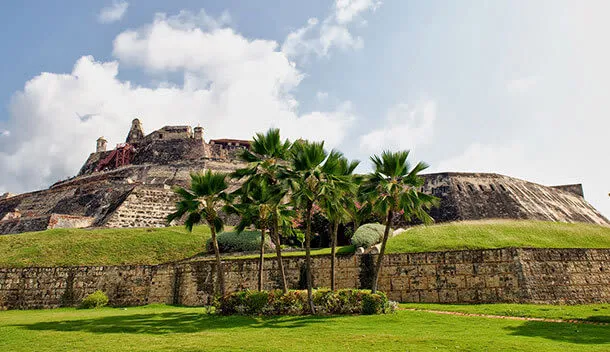
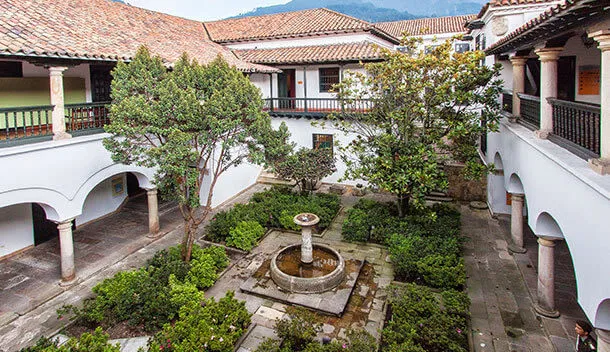
Colombia Politics
Colombia’s government is a presidential representative democratic republic. The government power is separated into executive, legislative, and judicial branches, governing over 32 administrative districts. Each district is overseen by a governor, while the President is the head of state and government, as well as the Supreme Administrative Authority. The president is elected and allowed to run successfully for a single four-year term, as well as the Vice President. The current president of Colombia, as of August 2018, is Ivan Duque Marquez.
The main political parties in Colombia are The Liberal Party, The Conservative Party, Alianza Verde, Cambio Radical, the Social Party of National Unity, Democratic Centre (the current presidential party).
Economy in Colombia
Current evidence shows that Colombia’s economy is growing rapidly, ranking fourth among other big economies of Latin America. Colombia’s economy is primarily composed of various service industries; these include insurance, real estate, trade, restaurants, hotels, personal services, and communication (over 60%). Other sectors such as mining and manufacturing make up around 30%, and only 7% from agriculture, hunting, fishing, etc. The primary goods in Colombia’s export area are coffee, crude petroleum, coal briquettes, refined petroleum, and cut flowers.
Colombia stands out with its growth in information technology, electronics, and the shipping industry. Tourism is also a steady, consistent economic growth. Colombia acquires over 12% more new visitors each year. The annual inflation rate in Colombia has steadied in recent years, with Colombian currency – the peso, ranging between 2-4% inflation on average.
Colombia Regions
The first, most densely populated regions in Colombia were in Muisca. Today these regions are known as the Boyacá and Cundinamarca. Tairona is now known as Tayrona/Santa Marta area. Zenu is Cordoba and Bolivar departments and part of the Caribbean coast, and Quimbaya is the Cauca river region.
They all developed political systems with caciques (native chiefs) as heads of the structures. Those cultures expanded Colombia’s territory and, depending on the location, cultivated potatoes, corn, and quinoa. Today, we can distinguish six different regions:
- The Andes mountains – the Andes encompass many towns and cities throughout the country, including Bogota, the capital, and numerous national parks.
- The Pacific coast – hosts picturesque rugged coves, fantastic whale watching opportunities, and tropical, humid forests.
- The Caribbean coast – world-renowned for its crystal waters, colonial history, tropical weather, and vibrant Afro-Latinx Culture.
- The Llanos – a vast and tropical grassland plain located east of the Andes known for its wildlife, including the jaguar, capybara, and anteater, to name a few.
- The Amazon rainforest – shared by eight countries within South America, this immense rainforest is ideal for wildlife viewing and unique, lush landscapes.
- The islands in the Atlantic and the Pacific Ocean – as the only country in South America with both coastlines, Colombia is dotted with archipelagos, island retreats, and protected national parks, including San Andrés and the Rosario Islands.
Notably, Colombia is also a part of the “Ring of Fire”, an area of the Pacific Ocean where significant earthquakes and volcanic eruptions occur.
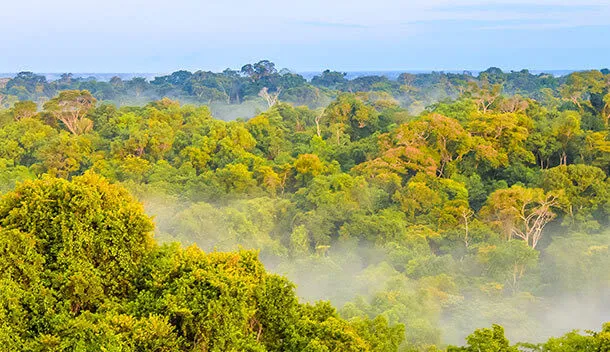
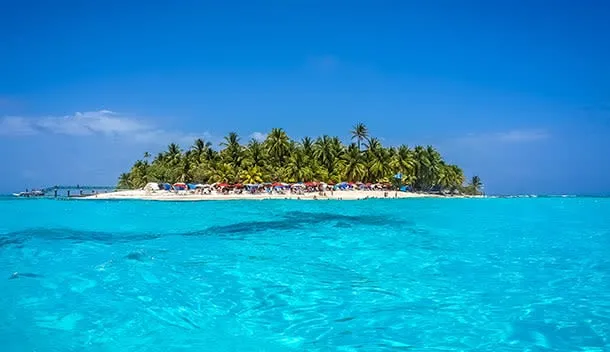
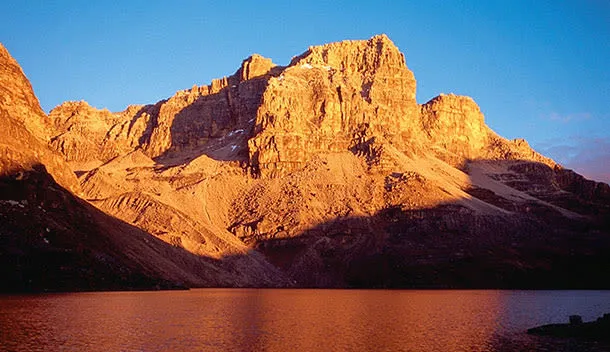
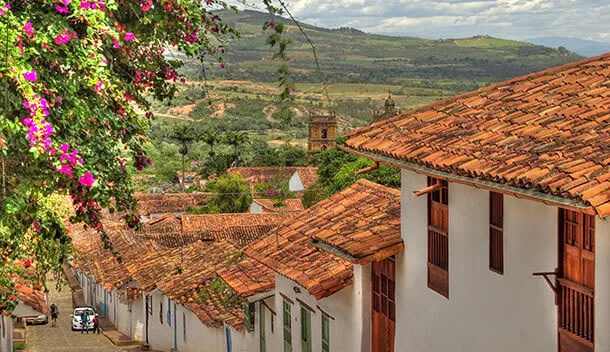
Colombia Environment
It’s worth mentioning that Colombia has vast protected areas with many national parks, flora and fauna, wildlife sanctuaries, and nature reserves. They all cover more than 14% of the Colombian territory. Those that attract significant numbers of tourists today are Sierra Nevada de Santa Marta, Tayrona, Los Nevados, Rosario Islands, Cocuy, and Chingaza.
The major environmental issues that Colombia faces are: soil erosion due to heavy rains and extensive use of pesticides and deforestation. Over 45% of the country is covered with forests that, for many years, were exploited for farming or the lumber industry.
Colombia Wildlife
Colombia is one of the countries with the highest number of endemic species and number one for bird species (over 1800 bird species). Moreover, with more than 40 000 plant species, 2,000 marine species, and over 300 types of ecosystems, it’s also the second most biodiverse country in the world, second only to Brazil. It’s a popular destination due to many butterflies and hummingbirds species.
Tourism in Colombia
International tourism was never a major priority for the Colombian government until recently when the country decided to promote tourism. Since then, Colombia has started many projects to boost this part of the industry. The main goal for Colombians is to promote responsible tourism, protecting its environment and cultural heritage.
With its vast biodiversity, Colombian tourism has put a significant emphasis on ecotourism. Additionally, benefiting from rich colonial and indigenous history, cultural heritage tours are trendy amongst visitors. On the UNESCO World Heritage Sites list, you can find such gems as the historic center of Santa Cruz de Mompox, the Port and Fortresses of Cartagena, and the San Augustin Archeological Park.
In 2019 Colombia was visited by more than 4.5 million international tourists and ranked number five among the most visited countries in South America. The recent slogan “Colombia Open to the World” attracted foreigners mainly to the Caribbean coast, Bogota, Medellin, and the verdant Coffee Region. Most of the visitors originated from the United States (over 22%).
The current government is focused on improving the tourism infrastructure by investing in upgrading local airports or building new international hubs. Such cities as Bogota or Medellin went through significant renovations, including creating new parks, cycling routes, and new entertainment facilities. All this work led to significant recognition during the last years. Forbes listed Colombia as one of the ten coolest places to visit in 2019.
There are places in Colombia like the Amazon region of La Guajira, where tourism infrastructure needs significant improvements. However, those places still attract visitors who are interested in authentic local experiences.
Transportation in Colombia
Land transportation is challenging due to the rugged terrain. There are frequent landslides and a lack of accessibility to roads. Additionally, there is no overland communication between Colombia and Panama because of the Darien Gap. While Colombia has highways and long-distance routes, the mountains and roads are full of curves. Meaning, they are not well maintained and slow to drive. Most of the local people and tourists opt instead for air transportation.
Colombian cities, especially Bogota and Medellin, are infamously known for heavy traffic. The density of the population and lack of good highways are the cause of traffic jams. Only Medellin has a metro system. Bogota has started metro construction in 2020.
While land transportation is difficult, there are frequent flights that connect the major cities. These flight distances are not long at all. For example, Bogota’s distance to Leticia in the Amazon Region is just over 2 hours on a direct flight. Some data claims that Colombia has the highest rate of air travel in the world.
Colombian Culture
Ethnicity
Colombia’s origins and interesting history marked its demographics in a big way. Some evidence suggests that it’s one of the most diverse countries in the world when it comes to ethnicity. There are over 85 ethnic groups in Colombia.
In general, research shows that an average Colombian has 70% mix of European, 20% native Amerindian,ah and 10% African genes. Of course, those vary depending on geographical factors, etc. Most white Colombians concentrate around urban areas of Bogota and Medellin. Mestizo Colombians (those with European and Amerindian ancestry) tend to live in rural areas and indigenous people can be found in the Amazonas, Choco, Cauca, La Guajira. Most Afro-Colombians live in the Choco department on the Pacific coast.
Colombian music
Colombia is all about vibrant music and dances. Different African and European influences helped with creating specific music culture. Most of the world knows Colombia for salsa, merengue, bachata or cumbia which are commonly danced in local clubs and even on the streets in the Caribbean region. Not everyone though heard sounds of vallenato (traditional folkloric music) or rancheras (popular music that came from Mexico). Today young visitors will notice a lot of reggaeton influences in local clubs and bars. It’s a specific hip hop, urban music with Latin sounds.
Only in Bogota there are over 60 music festivals. The capital of Colombia was chosen UNESCO City of Music in 2012. One of the most popular festivals is Rock al Parque which takes place every year since 1995.
Colombian sports
Colombians are obsessed with soccer. Professional soccer players that became internationally known as James Rodriguez are treated as ultimate idols by young boys that occupy every free space on local soccer camps trying to become champions.
Apart from soccer, Colombians are passionate about roller-skating and cycling. Currently, the most famous cyclist Colombia can be proud of is Nairo Quintana who won Giro d’Italia in 2014, Vuelta a Espana in 2016, and was 2nd in Tour de France in 2013 and 2015.
The Colombian government has been promoting cycling in Bogota since 1999 when it introduced so-called Ciclovia for the inhabitants of Bogota (later implemented in other cities as well). Ciclovia takes place on every Sunday when for a couple of hours all main Bogota streets are closed for cars and dedicated only to bikes and people walking/jogging/roller skating.
Architecture
Since the Colombian culture is a mix of European, indigenous, and African influences, those can be noticed as well in the architecture of the cities and even more in smaller towns and villages. Spaniards constructed many churches and fortresses that today form a part of the national patrimony. Famous architectural gems include historical buildings of the old part of Cartagena, the historical center of Bogota or the colonial city of Mompox.
Colonial style can be seen as well across the country in haciendas which are typical farmhouses painted in bright colors. Some of them are being transformed into hotels so the visitors can feel the original vibe of living in colonial times (e.g. haciendas in Coffee Region: Hacienda Venecia Coffee Farm, Hacienda Combia).
20th century started a more innovative and modern time in Colombian architecture. Here the architects were inspired by many international influences but also were going towards reflecting forms of plants and Colombia ecosystem in general, e.g. orchid flower that was an inspiration to design a part of the botanical garden in Medellin.
Religion in Colombia
The religion that dominates in Colombia today is Catholic Christianity (over 70% of the population). In recent years the country could observe more and more protestant churches forming as well. The constitution laws guarantee freedom of religion stating that all religions are equal and that the state is separated from religion.
Certainly, African and indigenous traces impacted religion as well, and even nowadays in some parts of the country Catholicism is mixed with noncatholic elements and rituals.
Thinking About Visiting Colombia?
Contact a Colombia Travel Expert
We Love to Talk About Vacation Ideas!
Thinking of traveling to South America? We take your South American travel dream and make it a reality. Every fully custom South America trip is planned by your own expert personal Travel Consultant.
